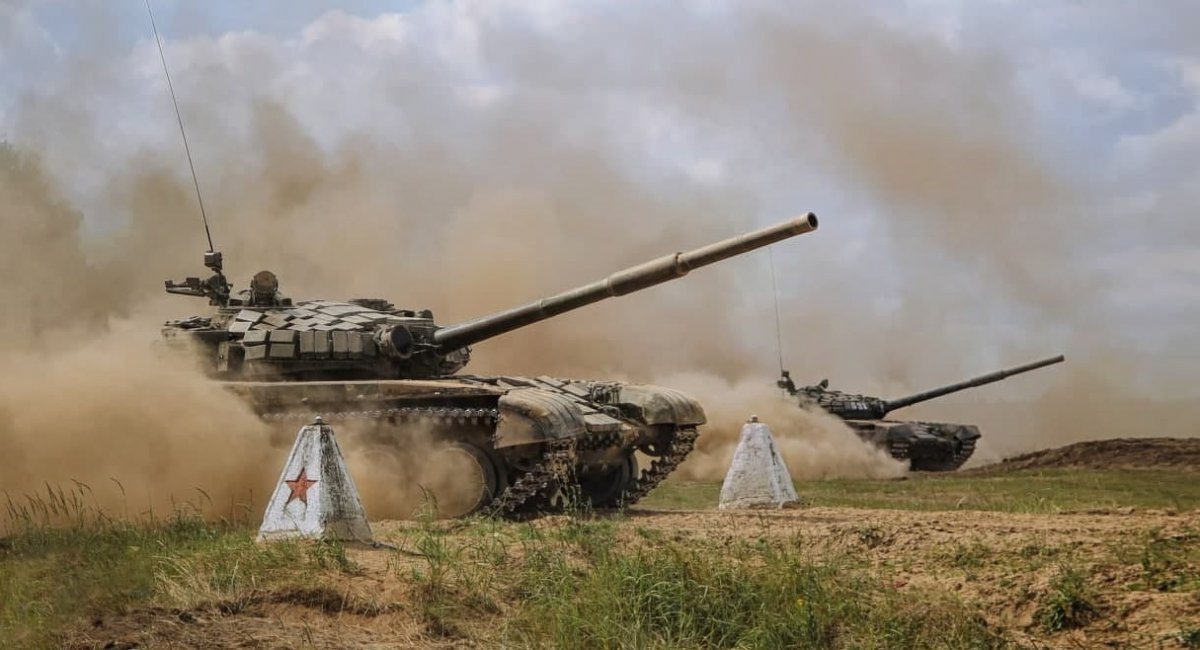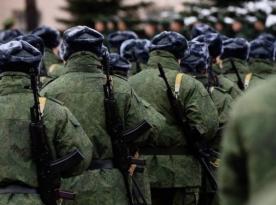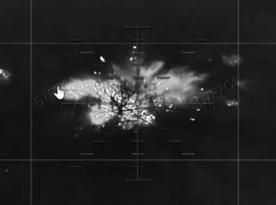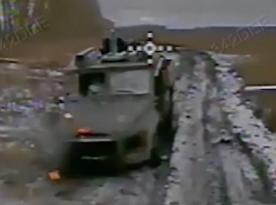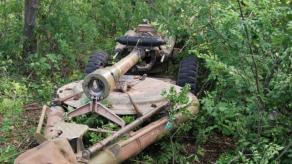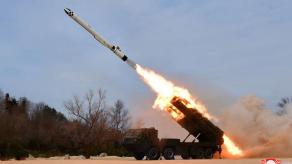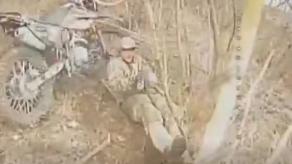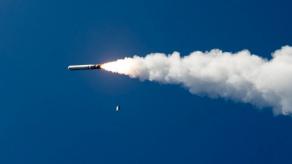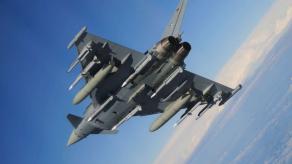There are more and more speculations in the public space that Putin may use the army of Belarus to wage war against Ukraine. It is not entirely clear to the average citizen what to expect in this case, as there is nowhere to read what the army of Belarus is. Let's close this gap based on data by The Military Balance guide as of 2021.
The authors of the guide provide the following information. The Ground Forces of Belarus have 10,700 servicemen, the Special Operations Forces - 5,900, the Air Force and Air Defense Forces - 11,750 servicemen. The declared mobilization reserve is 289,000 people.
Read more: 236 Days of the War russian Casualties in Ukraine
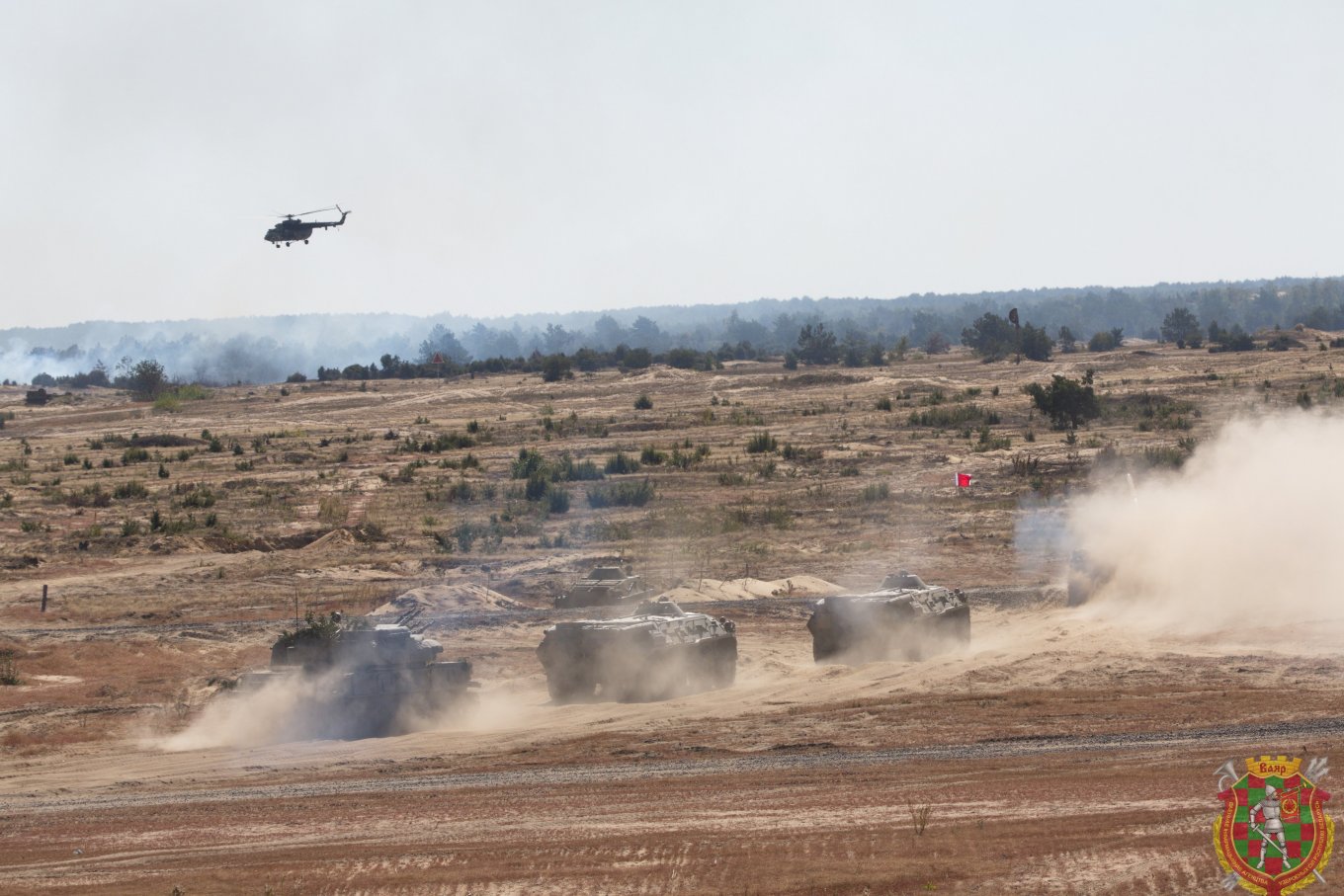
The ground forces are divided into 4 mechanized brigades, two artillery brigades, one engineer brigade and one engineer regiment. Overall, they include 537 T-72B and T-72B3 tanks (20 units out of 537), 132 BRM-1 and 932 BMP-2 IFVs, 58 MT-LB’s and 13 Kaiman armored reconnaissance vehicles. Also 75 units of 9P148 Konkurs self-propelled anti-tank complexes and 85 units of 9P149 Sturm armored vehicles.
Artillery: 583 artillery systems, including 72 Msta-B 152mm towed howitzers, 125 Gvozdika 122mm self-propelled howitzers, 125 152mm 2S3 Akatsyia self-propelled howitzers, 71 Giatsynt 152mm self-propelled howitzers and 12 units of Msta-S 152mm self-propelled howitzers.
MLRS: 128 units of BM-21 Grad and 36 units of Uragan MLRS.
Means of the army's anti-aircraft defense: the Tunguska and Shilka complexes, without any information on the quantity.
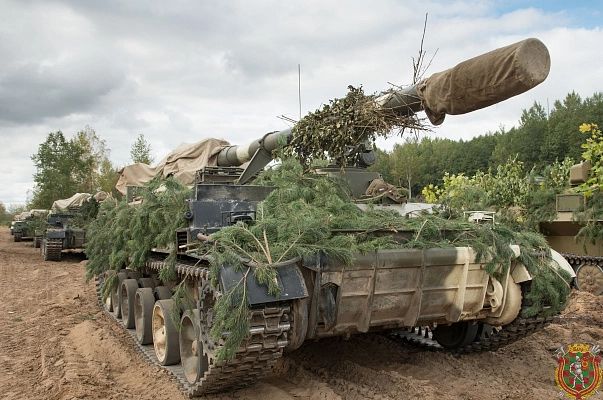
Special operations forces: two amphibious assault brigades and one special purpose brigade. They have 185 BTR-70 and BTR-80 armored personnel carriers, 24 D-30 122mm howitzers and 18 units of 2B23 Nona-M1 self-propelled guns.
Missile forces: 4 units of Polonez complexes with a firing range of up to 300km, 36 units of Tochka-U with a firing range of up to 120km. Also, the authors of the guide state that Belarus has as many as 60 Elbrus complexes, but most likely they are in storage.
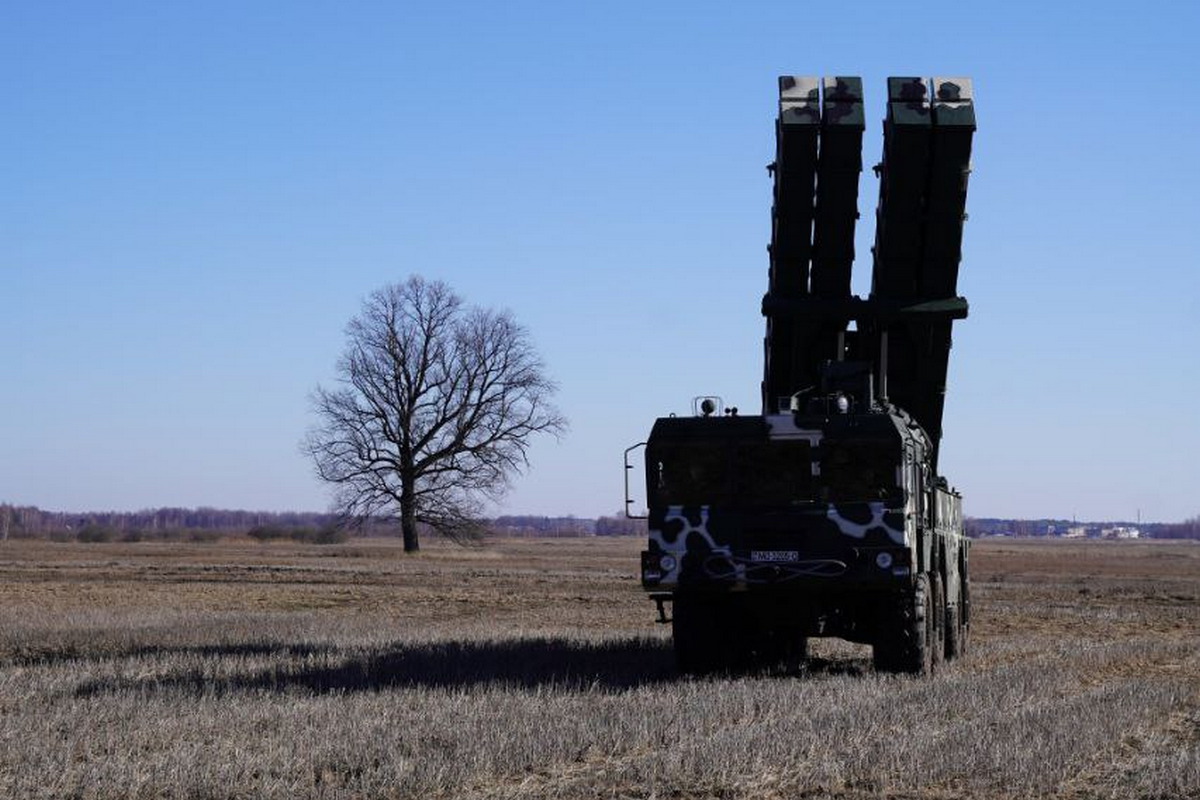
The Air Force of Belarus: 28 MiG-29 fighters and 6 MiG-29UB aircraft, four Su-30SM, 22 Su-25K/UBK close air support aircraft, 12 Yak-130 and 12 L-39 training jets, 12 strike Mi-24 and 20 Mi-8 helicopters.
Military transport aviation: 2 IL-76 (other 9 of them are "in reserve" for civilian carriers), 4 An-26 aircraft and 6 heavy Mi-26 helicopters.
Air defense forces: one brigade and three regiments with S-300PS, one brigade with Buk and Tor-M2E complexes, two regiments with Osa-AKM complexes.
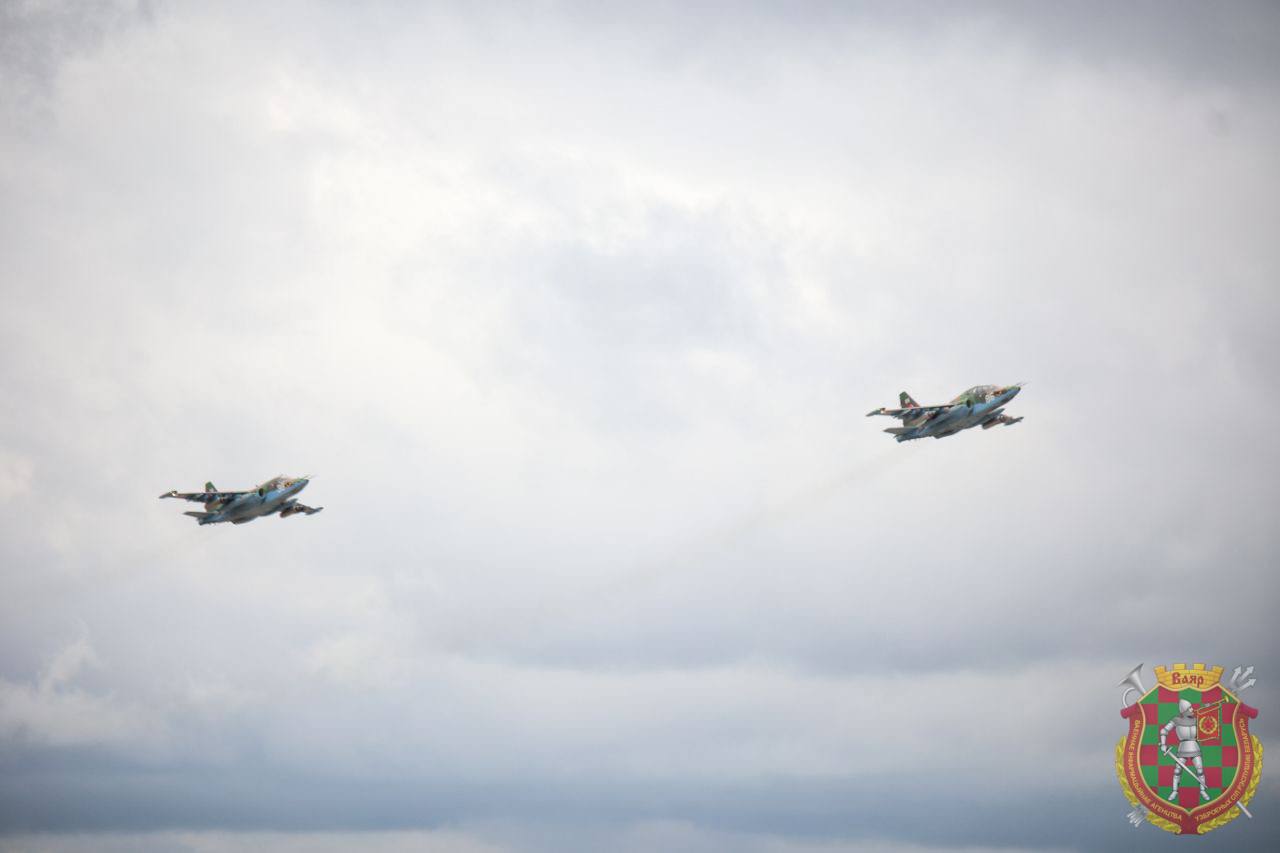
Until now, the following concept has prevailed: if putin decides to use Belarusian troops against Ukraine, they will play an "auxiliary" role, and the main "striking role" will still be played by the russian troops.
But it seems that the concept "changed on the fly", and the russian contingent of 9,000 mobs will play an auxiliary role here, which will be transferred to Belarus for the "deployment of a regional grouping of troops". For instance, they can perform the tasks of "blockade detachments". Polish Defense24 analysts wrote in June 2022 that the Belarusians may have up to 700 tanks, up to 300 wheeled armored vehicles and up to 300 IFV’s, up to 700 units of barrel artillery and up to 300 units of MLRS in storage bases, which can be used for arming the mobs.
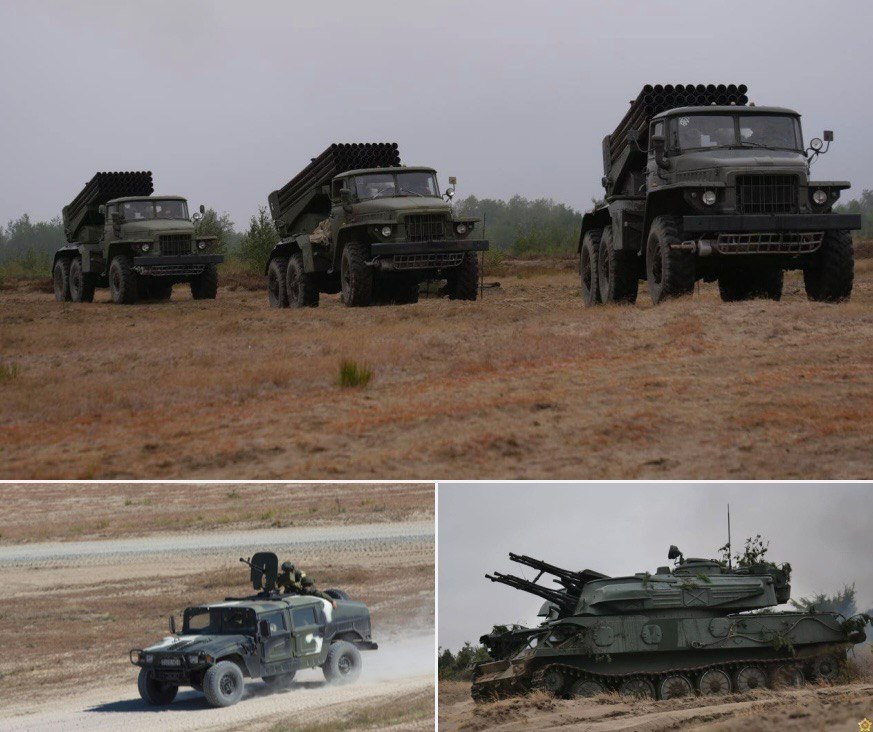
The "core" of the strike group (if there is a new offensive from Belarus) will be the Belarusian army. The existing set of forces will be enough to form only one "army corps" level connection. And this circumstance dictates two options for the development of events.
Either the strike group of the Kremlin led by the Belarusian army will be able to rapidly break through on one part of the front, but then even more rapidly retreat back. Or the russian generals will "smear" their strike group along the wide front line, and then the end of the Belarusian army in Ukraine will be even more inglorious. According to the example of how russia’s 3rd Army Corps was "wiped out" literally in a month of fighting, during the counteroffensive of the Armed Forces of Ukraine in Kharkiv Oblast in September 2022.
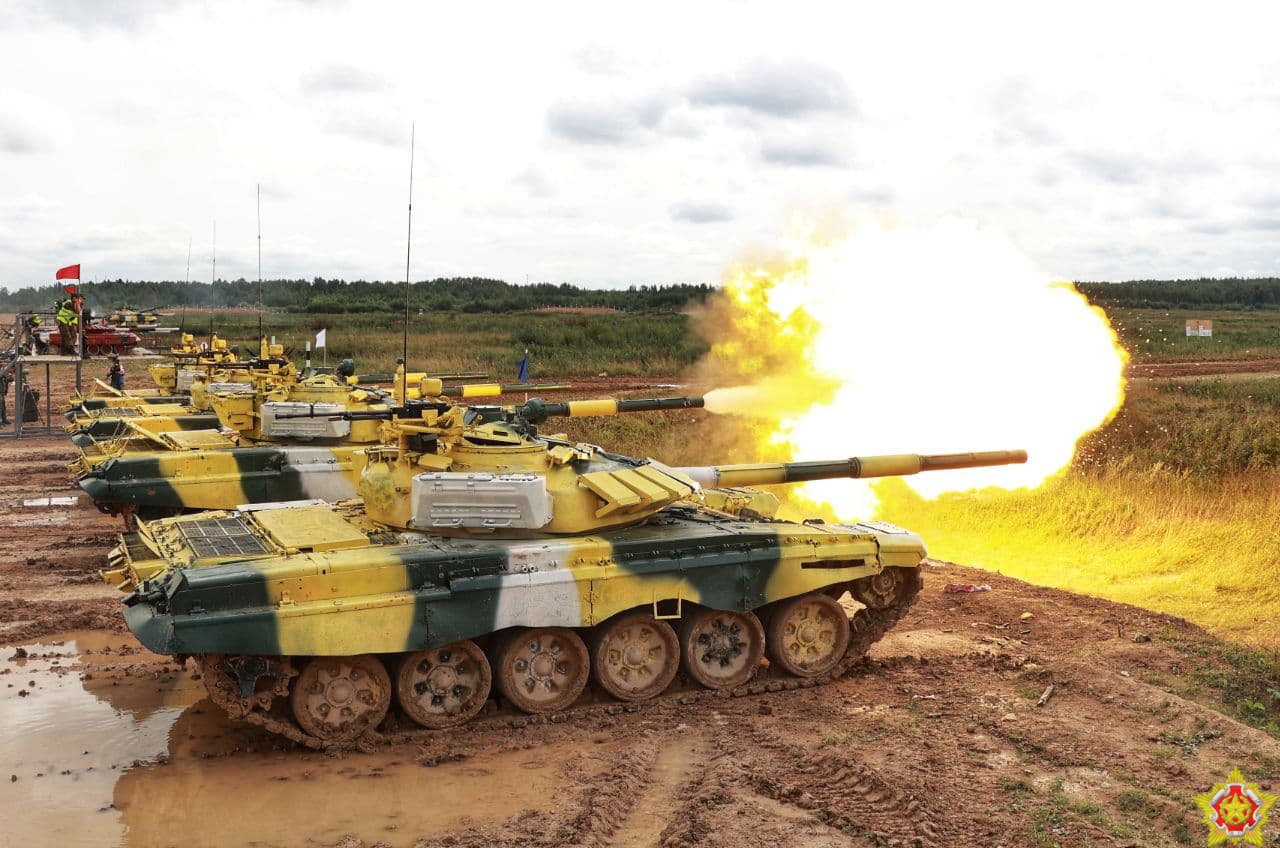
Read more: Belarus Army Applied a Triangle as a New Tactical Sign to the Equipment




